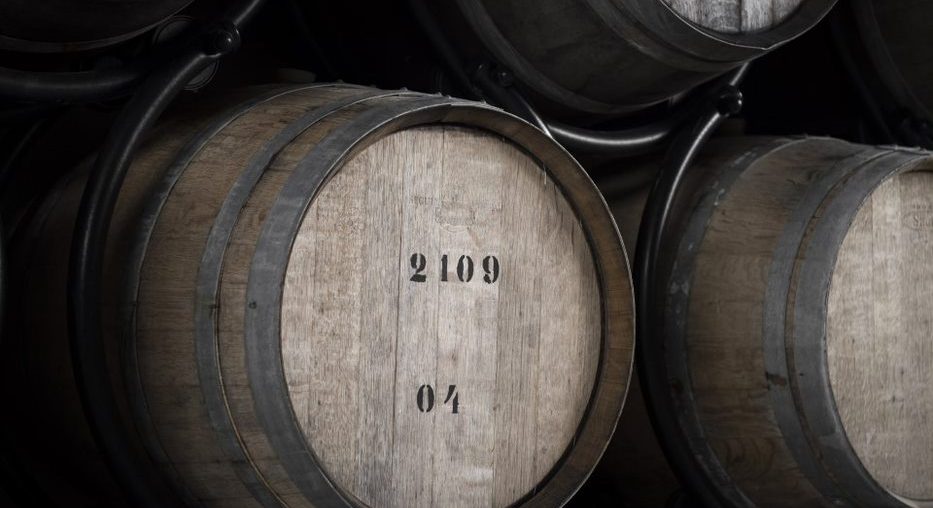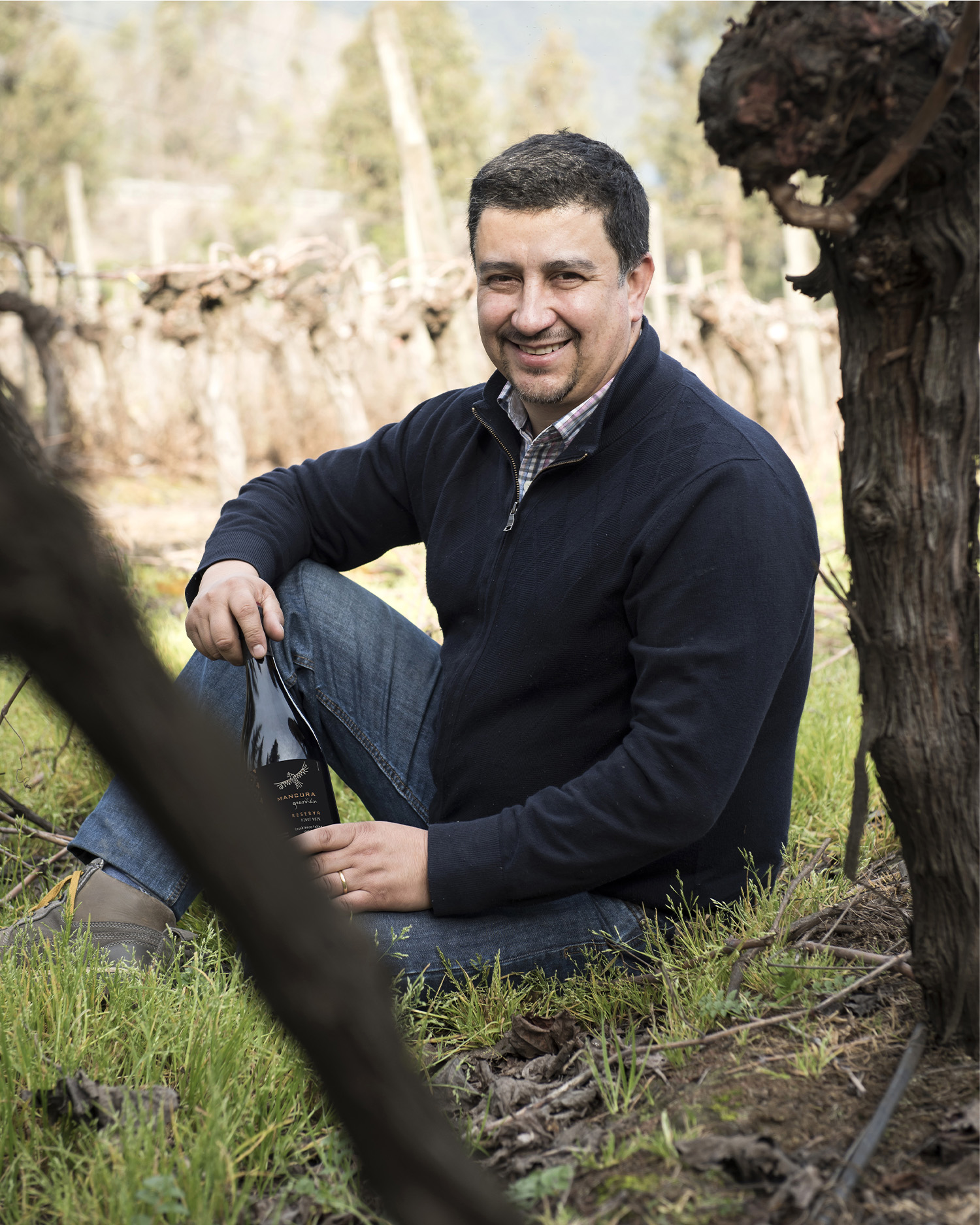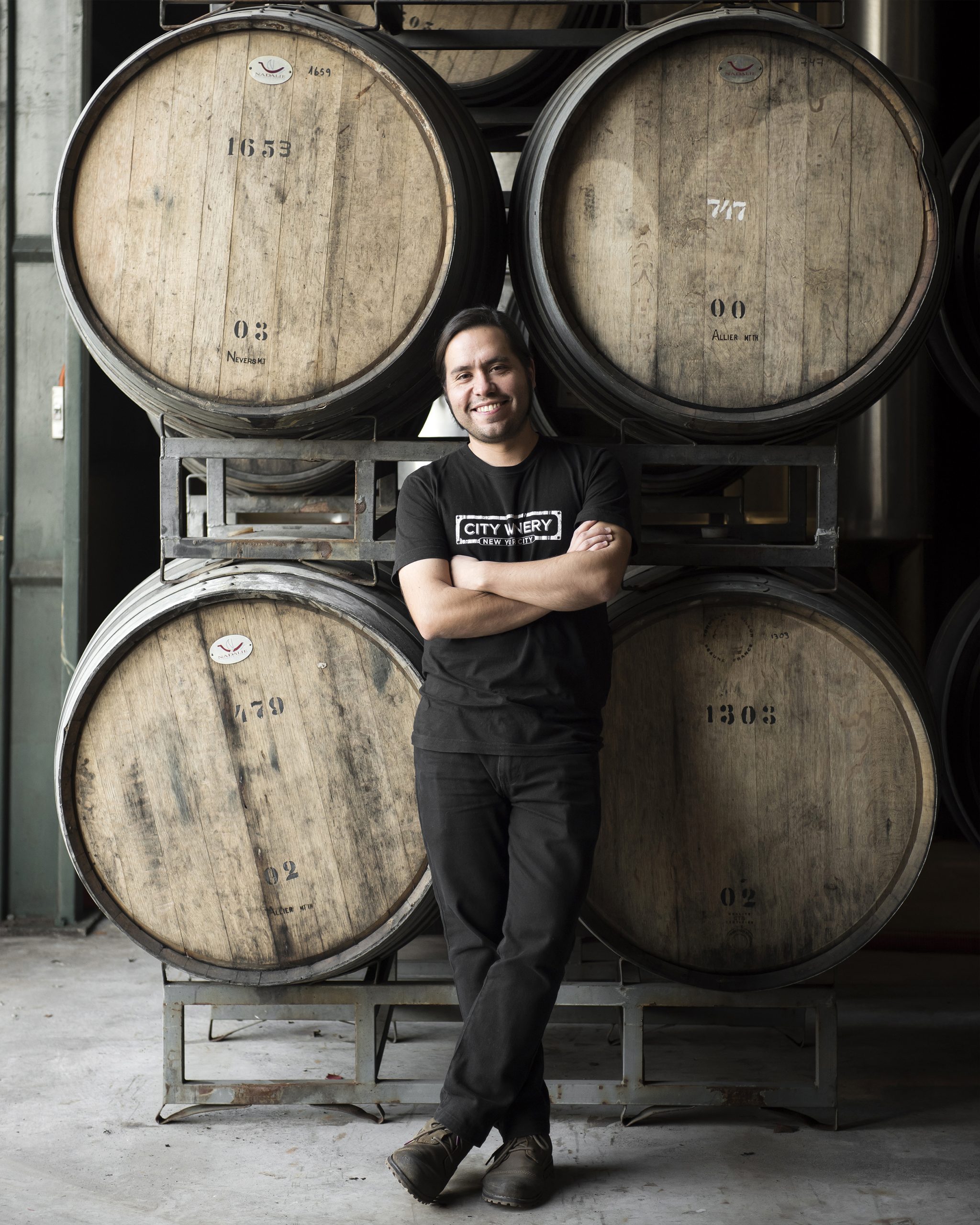Cuando leemos las fichas técnicas de algunos vinos, con frecuencia nos encontramos con el concepto de ‘fermentación maloláctica’. Ya sea para decir que el vino realizó dicho proceso (casi siempre en tintos), o para enfatizar que no lo llevó a cabo (mayormente en blancos). A pesar de que lo de maloláctico suena más a leche que a vino, no siempre nos detenemos a pensar a qué podría referirse ni para qué sirve. Dicho en palabras simples, la fermentación maloláctica es el proceso mediante el cual el acre ácido málico de la uva se convierte en ácido láctico (el mismo que efectivamente está presente en la leche), más suave y cremoso.
A pesar de su nombre, la fermentación maloláctica no es técnicamente un proceso de fermentación, ya que en su realización no intervienen levaduras sino bacterias. La principal de ellas es la oenoccocus oeni, aunque hay otras cepas de lactobacilos que también intervienen en esta proceso. Ellas ingieren el ácido málico y lo devuelven al vino en forma de ácido láctico después de su digestión.
Prácticamente todos los vinos tintos llevan a cabo la fermentación maloláctica, que es la que aporta esa tan grata sensación cremosa y aterciopelada en el paladar medio. En los tintos, este proceso, que ayuda a la estabilización microbiológica del vino, debiera ocurrir durante su fase de guarda, ya sea en barricas, fudres, huevos de cemento o estanques de acero inoxidable. En todo caso, antes de ser embotellado.
Entre los blancos, los vinos elaborados con chardonnay y viognier solían realizar la maloláctica como parte de su vinificación. Actualmente, sobre todo en regiones de climas más cálidos, donde las uvas pierden más rápidamente su acidez tartárica (otro de los tantos ácidos orgánicos presentes en el vino), se tiende a evitar que hagan la maloláctica (total o parcialmente) para preservar su frescor. Por otra parte, chardonnays de regiones de climas muy fríos, como Chablis por ejemplo, serían casi intomables si no hicieran la maloláctica. Los sauvignon blancs, de los cuales se espera una buena acidez, generalmente no la llevan a cabo.
En Morandé Wine Group tenemos diferentes formas de abordar el proceso de la fermentación maloláctica.
Así, Jorge Martínez, enólogo de Viña Mancura, se refiere a Guardián, una de las líneas emblemáticas de la bodega, específicamente de un vino elaborado con la cepa carignan: “Esta es una variedad que se caracteriza por tener una alta acidez (lo que se expresa como pH bajo). De ahí que, para asegurar que la fermentación maloláctica se lleve a cabo, inoculamos las bacterias responsables de este proceso junto con las levaduras que producen la fermentación alcohólica. Así, una vez que el mosto se ha transformado en vino, sigue inmediatamente el proceso que convierte esta bebida inicialmente llena de aristas en un vino pulido, suave y elegante en la copa”.
Por su parte, Cristián Carrasco, enólogo de Viña Vistamar, cuenta que, para elaborar vinos de cepas tradicionales, como carmenère o cabernet sauvignon, no usan este método: “Estas variedades suelen ser de acideces más bajas (lo que se denomina pH alto), por lo cual, el inicio de la fermentación maloláctica ocurre de manera espontánea, gracias a las bacterias que están en el ambiente de la bodega”.
Ambos coinciden en que, una vez terminada la intensa actividad de las fermentaciones alcohólicas, y mientras todos creen que los vinos descansan tranquilamente en la bodega, estos siguen su maravilloso proceso de transformación que tanto nos encanta cuando destapamos una buena botella de vino.






